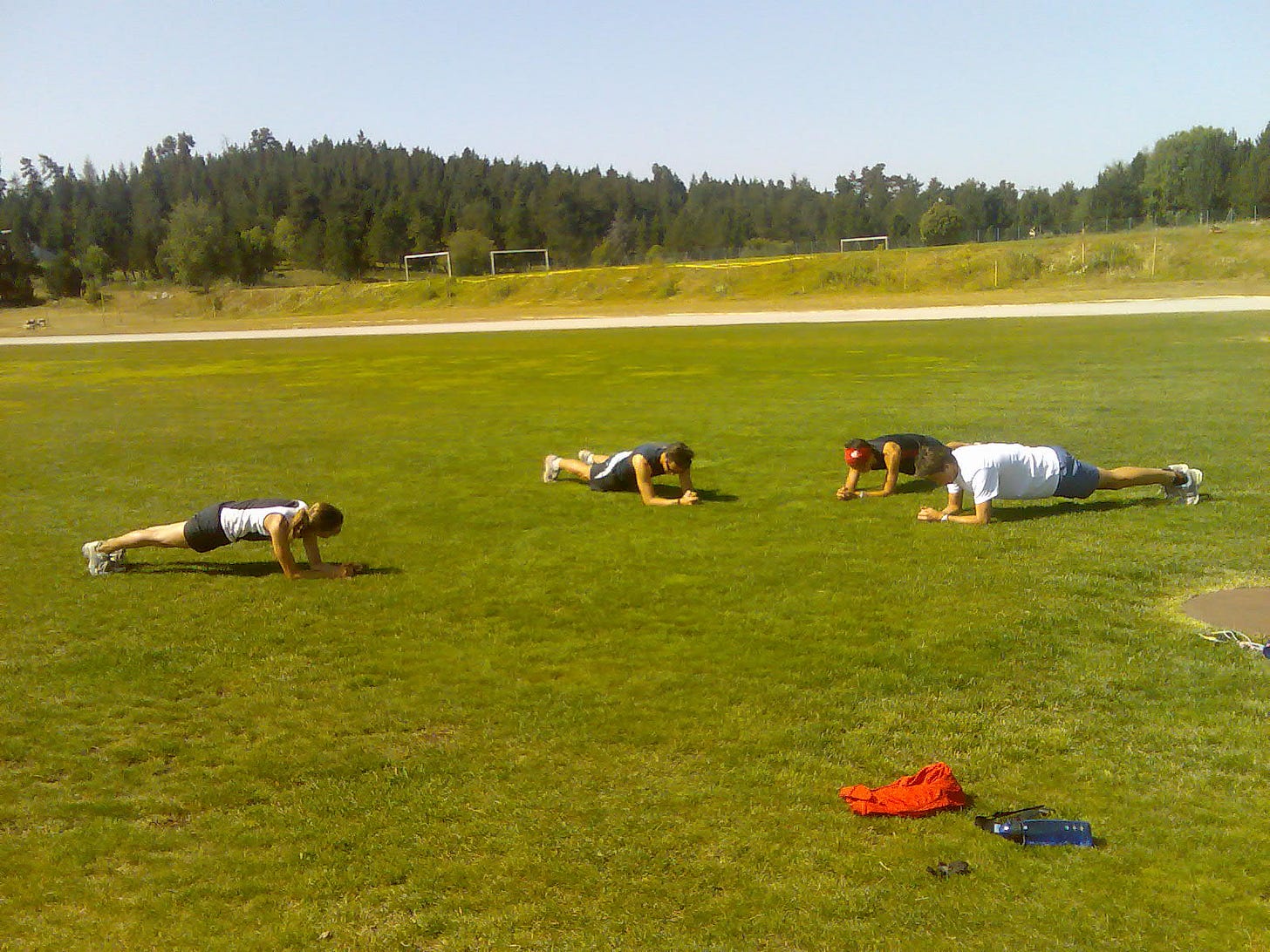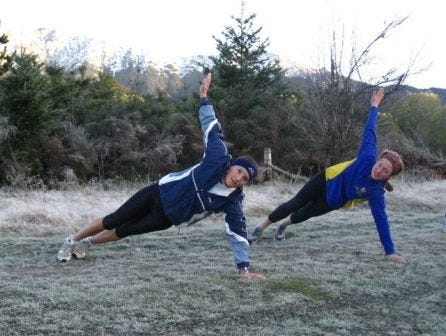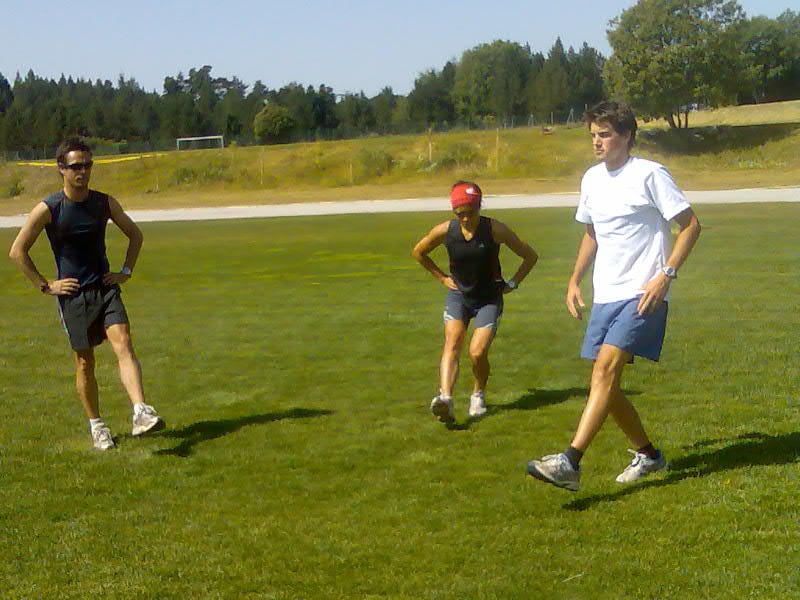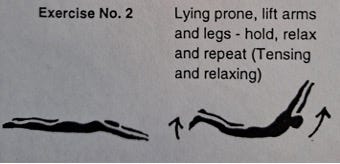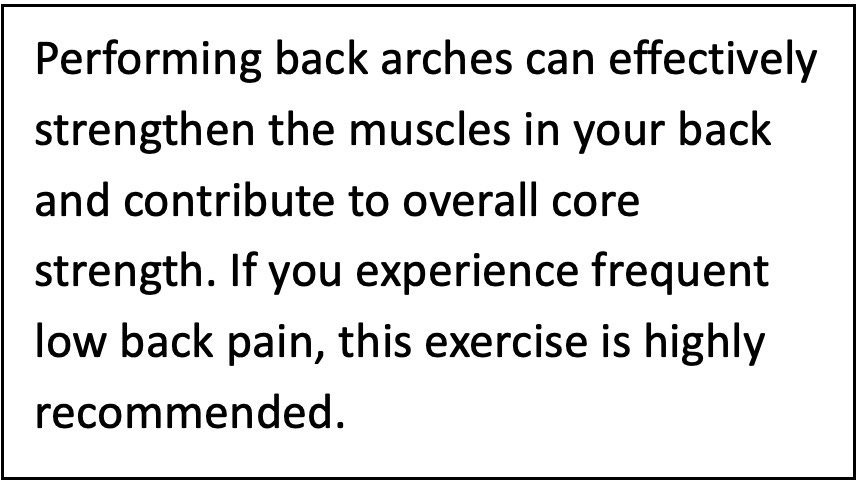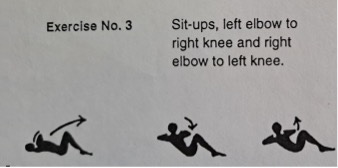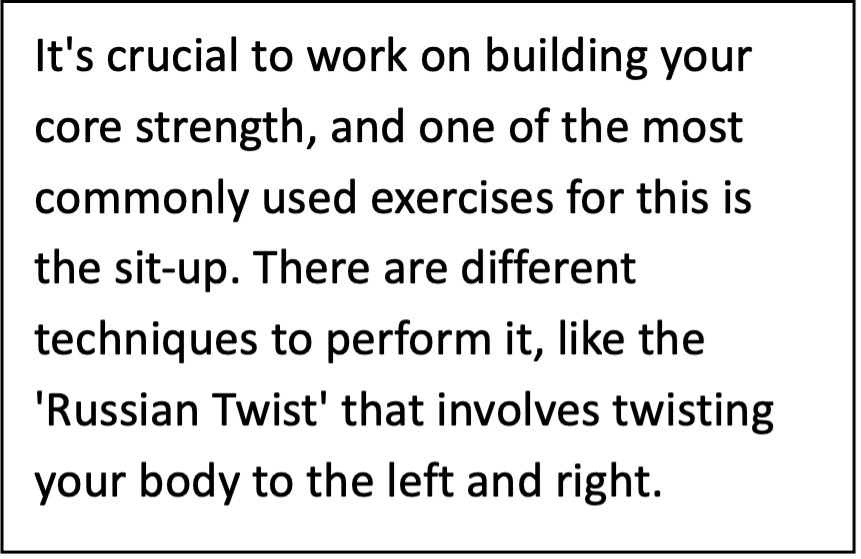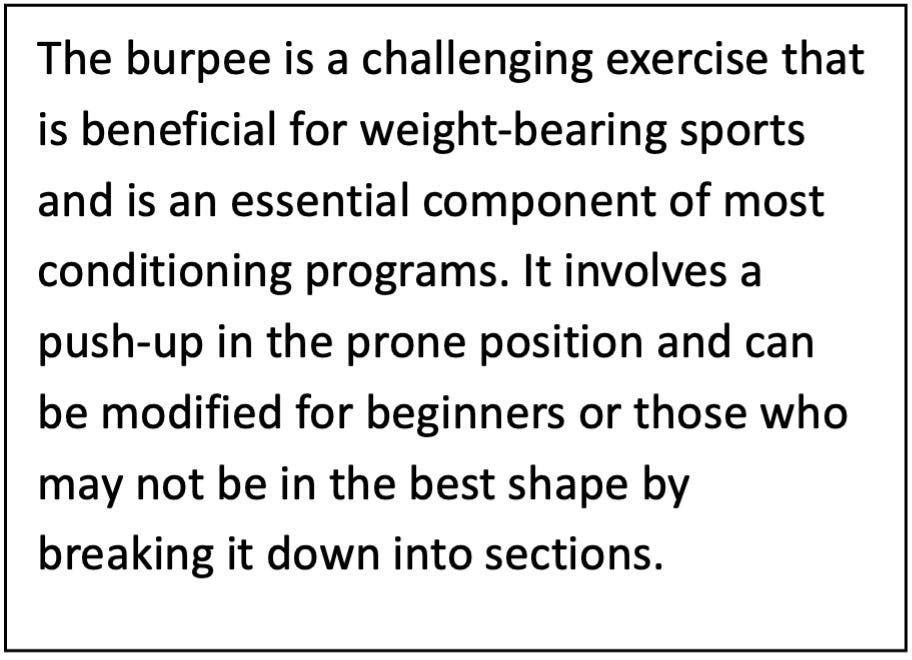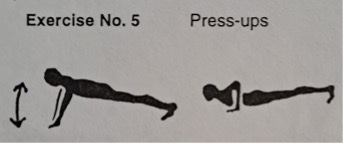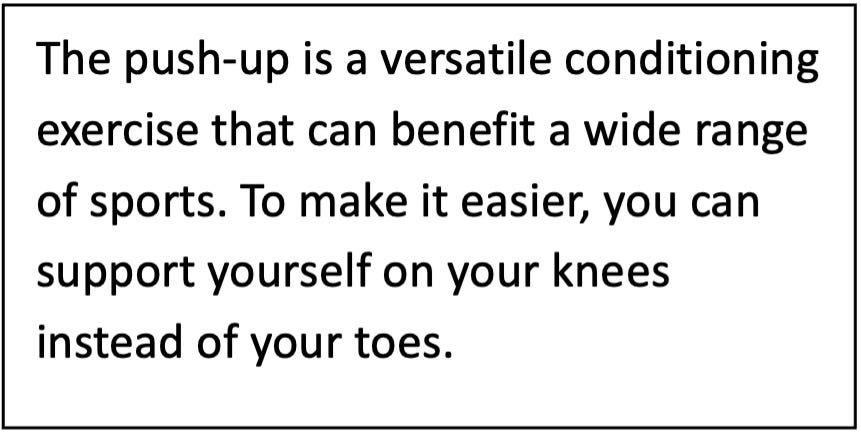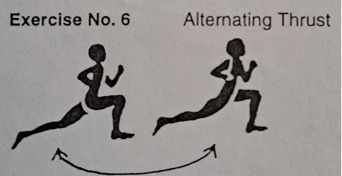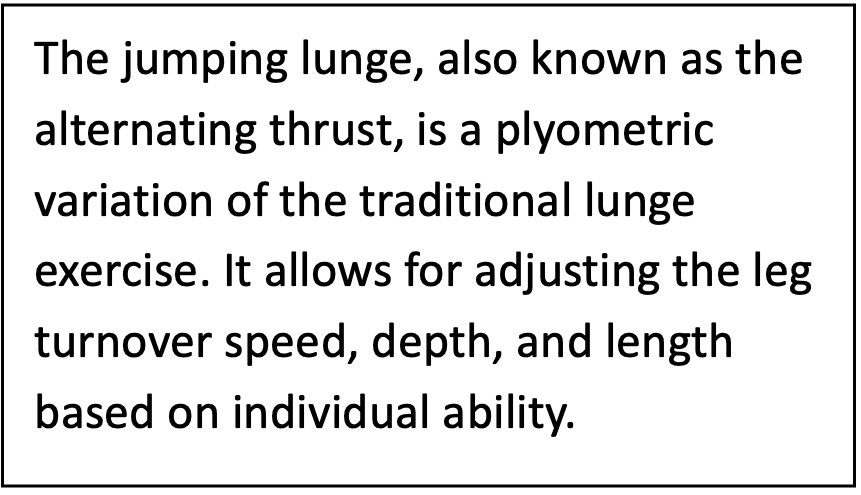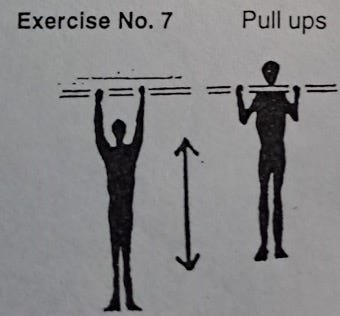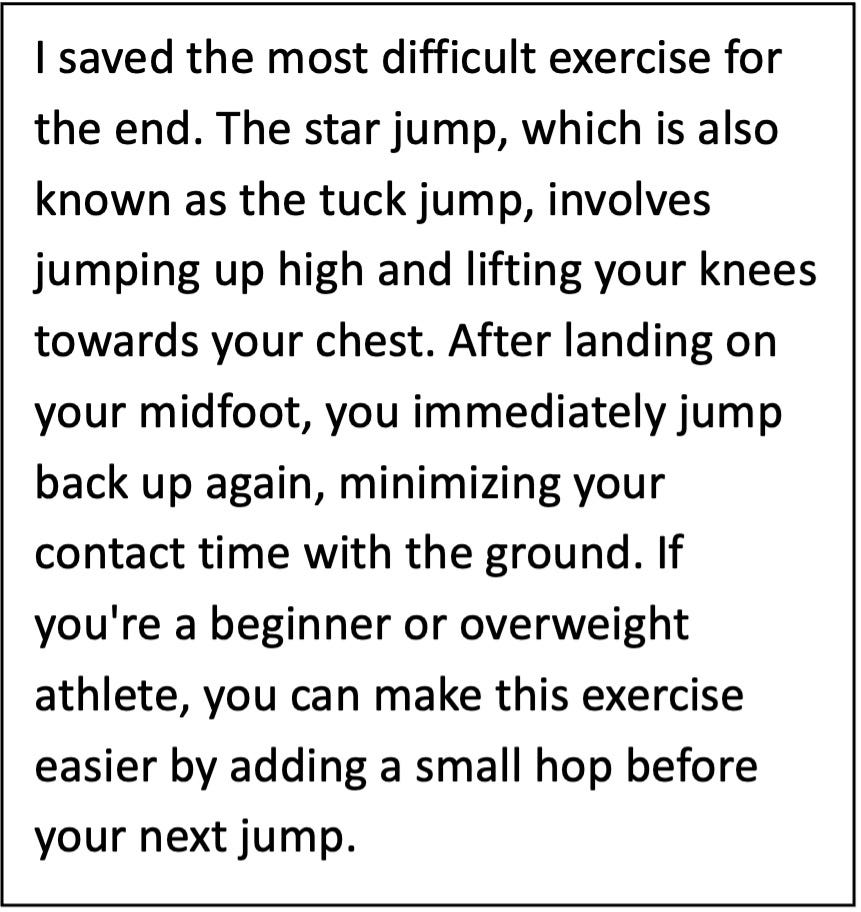Circuit Training the Finnish Way
In the nineties, Pauli Kiuru, the Finnish Ironman triathlete who won the Australian Ironman five times and finished on the podium three times at the Hawaii Ironman, frequently escaped from the Finnish winters to his alternative training base in Christchurch, New Zealand. I got to know him well and was intrigued by his strictly structured training, mostly based on ‘time out’ (specific duration or distance of sessions was strictly applied) and heart rate. I also got to know Seppo Nuuttila, Pauli’s coach, who had an impressive resume. He coached the rower Pertti Karppinen to three consecutive Olympic gold medals in the single scull and coached different sports, from soccer to canoeing, before coaching triathletes.
Pauli was one of the first triathletes to use lactate testing to establish training intensity zones and use these daily with help from his Polar heart rate monitor. Seppo and Pauli also introduced me to their strength training programme, which consisted of circuit exercises using your body weight. It included upper and lower body exercises (alternated) and took anywhere between 10 and 30 minutes. What struck me was the simplicity of this model. It can be done by itself, indoors or outdoors, or incorporated into a run session. It solved my questions about strength training for triathletes, and I have incorporated it into my coaching ever since.
Benefits
1) Injury prevention. Single-discipline training (swimming, biking and running) develops muscles in a narrow (circular) movement pattern in one direction. The antagonist (opposing) muscle groups are underused and, therefore, under-conditioned, resulting in muscle imbalances, which can lead to injury. Conditioning the antagonist muscle groups helps with injury prevention.
2) Technique when tired. Circuit training conditions the accessory muscles, which are the smaller muscle groups we call on for help when the main muscles get fatigued. Maintaining our posture (core) and technique becomes easier if they are conditioned.
3) Strength gains. Using body weight as resistance is a very effective way of gaining strength without being concerned about increasing muscle bulk, and it is easy to insert a plyometric component, stimulating explosive strength development.
4) Aerobic and anaerobic conditioning. Although the exercises are done for short periods (up to 50 seconds), there is an anaerobic component to some of the harder exercises, aiding some anaerobic development. By keeping the rest periods between exercises relatively short, there is also a significant amount of aerobic conditioning.
5) Willpower. You need concentration and discipline to do circuit training. You can’t just drift through it. Circuit training toughens the body not only physically but also mentally.
Protocol
The lower extremities exercises are the priority as they specifically support running strength. The upper body and core exercises are used to break up the lower extremity exercises, which tend to be harder to execute.
The exercises are typically done for 30-50 seconds, alternated by 30-10 seconds rest. Once the set of exercises is done, the circuit can be repeated, depending on fitness.
Table 1 outlines a structured circuit training programme based on eight exercises. Doing a circuit session two or three times per week pre-season is enough to get initial gains, and during the season, one or two sessions will maintain these gains. Varying the exercises can result in further improvements over time and make the training more interesting.
Table 1: Typical structure of a circuit training programme based on eight exercises.
Exercise Selection
There is an abundance of circuit exercises floating around in cyberspace, accessible via Google, Twitter, Facebook and other platforms. On top of that, every exercise can be adjusted with variations to the basic movement.
The following are eight exercises we commonly use in our basic circuit training programme.
1) Jumping Calf
2) Back Arches
3) Sit-ups
4) Burpees-Squat Thrust
5) Press-ups
6) Alternating Thrust
7) Pull-ups
8) Star Jumps
Summary
Circuit training is an effective, time-saving and fun way to add strength training to your programme without having to commit to a gym, with its associated distractions and costs. A certain amount of discipline is required to do the sessions consistently. I used to insert circuit exercises into one of our weekly group run group sessions, which left the athletes to do only one more session that week by themselves. Be prepared to get a bit sore after the first few sessions, a sure sign that you will benefit from this type of training if you persevere.
Back to Table of Contents





